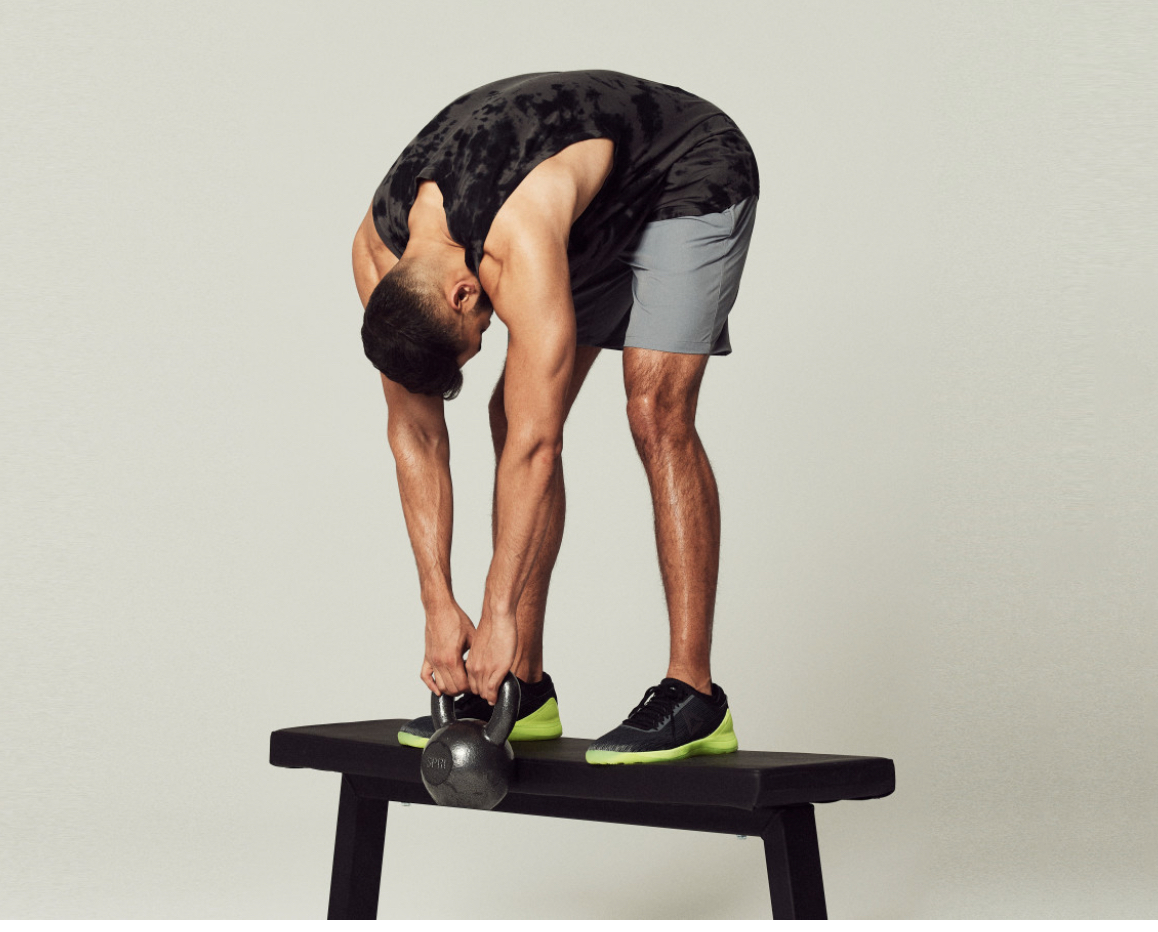- You are here:
- Home »
- Blog »
- Joint Health / Pain »
- The One Stretch No One Should Do
The One Stretch No One Should Do
Every once in a while something hits my inbox that makes me shake my head and mutter “Really?”
This article from Men’s Journal did just that.
It’s no secret that sitting for long periods of time is not the best thing for your back but to do this “stretch” as some type of counter for sitting is, well, absurd.
And it’s advice from an orthopedic surgeon.
First, after sitting for a stretch of time, and most people who sit at a desk rarely sit with ideal posture, your spine has already been exposed to a sustained forward bent position. If anything, standing up and bending backward with your hands supporting the lower back would make a lot more sense.
Second, the pressure inside your intervertebral disc is high in the proposed “stretch”. The disc is designed to withstand three types of pressure – squishing (compression), twisting (torsion), and stretching (tension) – up to a point. It’s not injury-proof.
Failure of the disc is associated with too much squishing and twisting. And when you add more load – like a dumbbell or kettlebell – the internal pressure goes way up.
Have you ever had a garden hose burst? I have. It’s a mess. Hydrostatic pressure, which is what is going on with the disc under high loads, can cause the walls of the container to fail. Sort of like a garden hose with a weak spot in it.
Sure, if you’re 20 years old, you can probably get away with it, for a while, because the tissues are sturdier than someone in their 40’s or older. But even then, why perform some movement that is inherently risky when there are so many other options?
Intervertebral Disc Pressure in Various Positions

source:clinicalgate.com
Third, the premise, according to the article, is that “sitting stiffens calf muscles and glutes, pulling down on the mid-back and shoulders”.
Huh?
Okay so just for grins, let’s go with that. Since sitting supposedly stiffens the muscles, then the proposed exercise / stretch should relax them. How does bending over with a kettlebell in your hands relax your calf and glutes?
Fourth, someone with low back pain, that they happen to notice while sitting, is apt to try this movement. And that could be a disaster.
What to Do Instead
- Use a timer, set it for 45 to 60 minutes. When it goes off, get up and go for a short walk. During the walk, stop, place your hands on your lower back and gently bend backward until you feel some resistance then return to upright. Do this 5 times.
- During that same walk, stop and move your arms in circles 5 times then across your chest to wide open and back 5 times.
- Finally, take 5 slow, deep breaths.
The antidote to sitting is moving. Move often through the day, you’ll feel better and your spine will thank you.
Thanks for reading.

PS – If you like this article, why not share it with a friend?
To get my Secret Weapon to fight knee, hip & back pain and stiffness, subscribe for free today!

